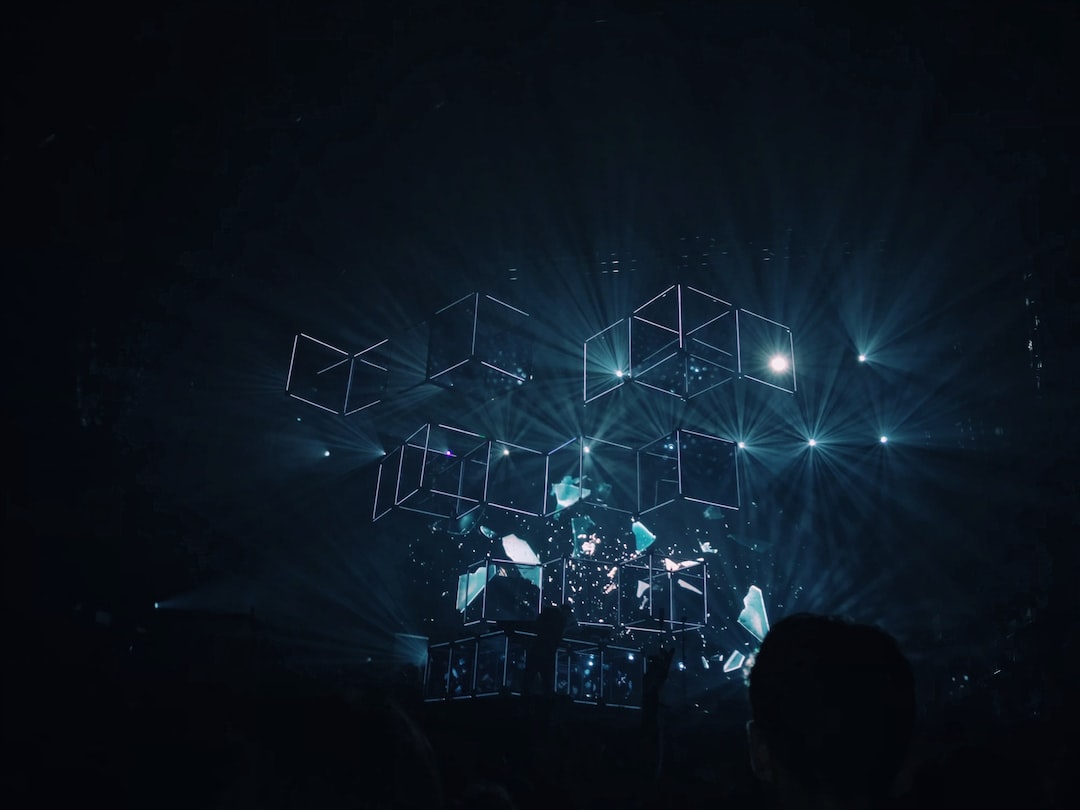“JPEGs” on Bitcoin: A Force for Innovation and Adoption of Layer-2 Solutions
Adam Back, CEO of Blockstream, believes that attempts to prohibit non-fungible tokens (NFTs) on the Bitcoin network would be ineffective. Back argues that the rising cost of transactions on the mainnet could be alleviated through the adoption of layer-2 solutions like the Lightning Network, which Blockstream is currently developing.
Back suggests that the proliferation of NFTs on Bitcoin would drive innovation as users seek workarounds to mitigate network congestion. With Bitcoin prices expected to rise and increased demand for the network, transaction fees may reach record highs. The Bitcoin mempool has been overloaded throughout the year, with fees generated from NFTs increasing in tandem.
Ending NFTs and Inscriptions on Bitcoin?
Bitcoin Core developer Luke Dashjr proposed eliminating the ability to mint NFTs and Bitcoin Ordinals, citing network spamming and increased fees. However, Dashjr’s proposal has faced criticism from community members who argue that it may centralize the network further.
Miners, who confirm transactions and benefit from transaction fees, are unlikely to support these changes. It remains to be seen whether attempts to restrict NFTs on Bitcoin will be successful or if they will lead to further innovation and adoption of layer-2 solutions.
Hot Take: The Future of NFTs on Bitcoin
The debate over allowing NFTs on the Bitcoin network raises important questions about scalability and innovation. While some argue for restrictions to maintain network stability, others believe that limitations will only spur users to find alternative solutions.
Ultimately, the future of NFTs on Bitcoin will depend on how users adapt and develop layer-2 solutions like the Lightning Network. As demand for Bitcoin continues to grow, it is crucial to strike a balance between scalability and network security to ensure the long-term success of the world’s most valuable cryptocurrency.





 By
By

 By
By

 By
By